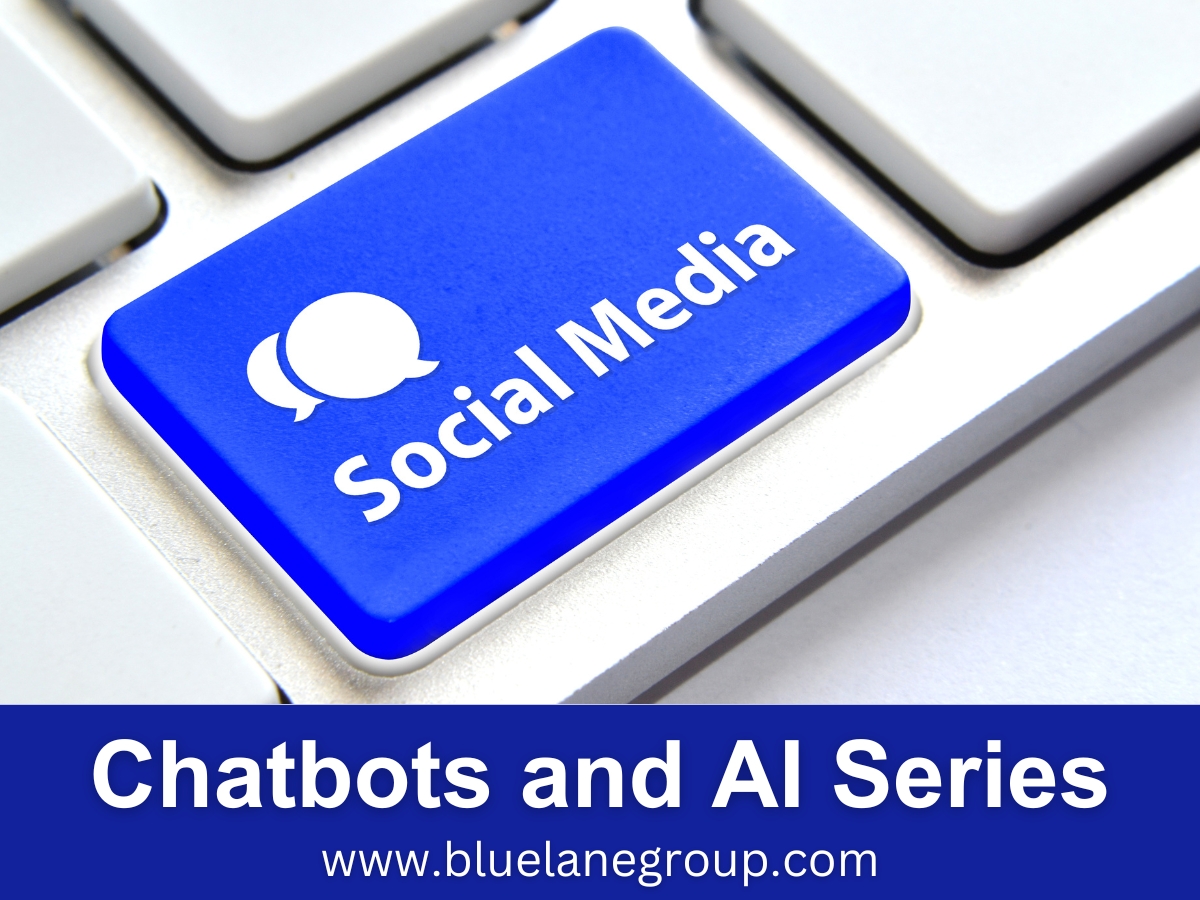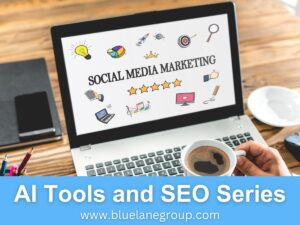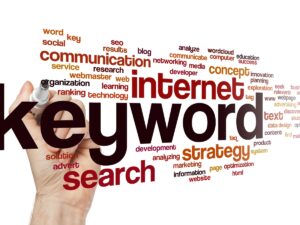This detailed exploration focuses on social media chatbots’ transformative impact and nuances. As social media platforms become the nerve centers of online engagement, integrating chatbots into these ecosystems promises to redefine digital brand-customer interactions.
Snapshot for the Digital Enthusiast:
- Social media chatbots serve as versatile digital ambassadors on popular platforms. They facilitate instant communication, manage routine inquiries, and can significantly enhance a brand’s social media presence. They bridge the gap between businesses and consumers, offering real-time solutions in a space where users are already actively engaged.
- Businesses can scale their customer service endeavors by integrating chatbots into social media channels and proactively engaging their audience. Combining social media’s inherent reach with chatbots’ efficiency creates a powerful tool for businesses to capture leads, address concerns, and build lasting customer relationships.
Embracing the power of chatbots on social media platforms amplifies a brand’s digital footprint. This innovative amalgamation elevates customer service standards and drives engagement, loyalty, and brand resonance, ensuring businesses stay ahead in today’s competitive social media landscape.
Welcome to the twenty-second Blue Lane Group article in the Best Chatbots for Customer Service: Blueprint for Success in 2023 series. These posts examine the essential chatbot topics of customer service automation, exploring how chatbots revolutionize interactions, enhance user satisfaction, and redefine the benchmarks for excellence in modern customer-centric businesses.
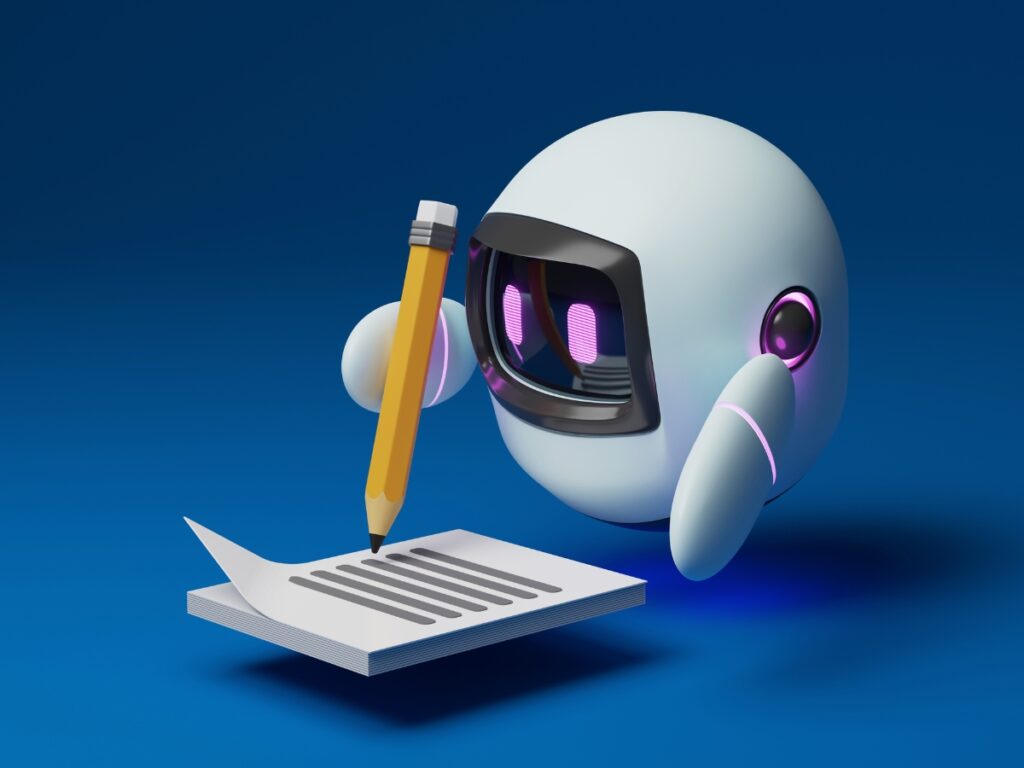
Disclosure: The digital products mentioned in this article are highly regarded in the marketplace and are endorsed by the Blue Lane Group staff. We may earn a commission at no additional cost if you purchase through the provided links.
Table of Contents

Introduction to Social Media Chatbots
The digital world is ever-evolving, and one of the most groundbreaking innovations is the integration of chatbots on various platforms. Social media chatbots, in particular, have become an indispensable business tool.
Leveraging products like Aivo’s AgentBot, companies can seamlessly interact with their customers on platforms like Facebook Messenger. Such tools drive enhanced customer support and pave the way for more dynamic engagement on social media platforms.
The beauty of these bots is their ability to provide instant responses, cater to customer queries around the clock, and offer a personalized touch to digital interactions. The importance of chatbots in today’s digital business environment cannot be overstated.
What Are Social Media Chatbots?
At their core, social media chatbots are AI-driven tools designed to simulate human-like conversations with users across various social media platforms. Products like Botsify allow businesses to create chatbots tailored for platforms like Facebook Messenger, enhancing user interaction and boosting overall engagement.
These bots use algorithms, machine learning, and pre-set scripts to interact with users, answer queries, and even complete specific tasks like booking appointments or processing orders.
The increasing adoption of tools like BotStar showcases the rising demand for effective and seamless interactions on social media, bridging the gap between businesses and their audience.
The Rise of Social Media Chatbots: How to Automate Your Messaging Channels
Automating messaging channels has become imperative for brands looking to stay ahead in the digital race. With social media chatbots, businesses can scale their operations, handle many queries without manual intervention, and ensure consistent communication quality.
Platforms like Flow XO have made it simpler for companies to integrate chatbots across multiple social media platforms, thereby enhancing user experience and promoting broader engagement. The automation brought about by these chatbots ensures that no customer query goes unanswered, even during off-business hours, making brands more accessible and reliable.
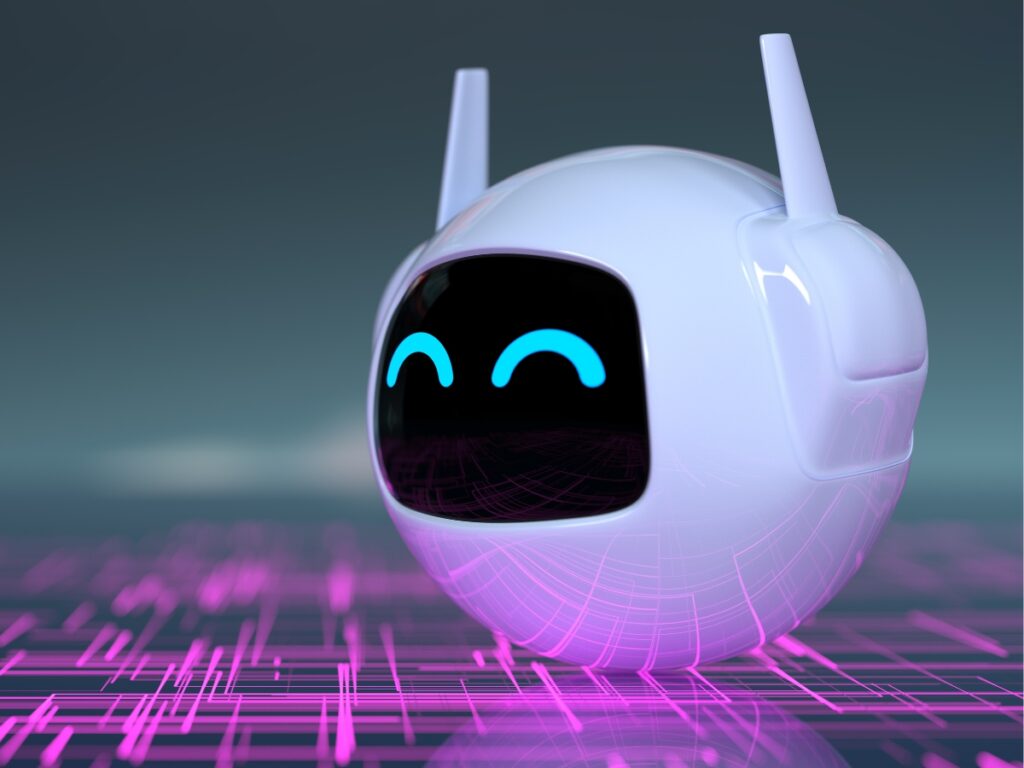
Benefits of Using Chatbots on Social Media
The introduction of chatbots on social media platforms offers a myriad of benefits for businesses. Firstly, they provide 24/7 customer support. With Gupshup’s comprehensive messaging platform, companies can ensure their customers receive timely and effective responses at any hour.
Furthermore, chatbots, especially those designed using media like Imperson, offer personalized interactions based on user data and previous interactions, enhancing the overall user experience. These bots can also handle multiple queries simultaneously, reducing wait times and increasing customer satisfaction.
The automation and efficiency of social media chatbots undoubtedly make them a valuable asset for any forward-thinking business.
How Deploying a Social Media Chatbot Benefits Businesses
Incorporating social media chatbots has become a pivotal strategy for businesses seeking a competitive edge. Leveraging platforms like MobileMonkey and Botsify can dramatically change how companies interact with their audience.
Chatbots simplify customer service by providing instant responses, reducing user waiting time. They also facilitate customer feedback collection, helping businesses tweak their strategies based on real-time insights. Moreover, chatbots can also handle a high volume of queries simultaneously, which would require a significant workforce if done manually.
This efficiency saves time and financial resources, boosting the company’s ROI. The 24/7 availability offered by tools like Landbot.io ensures that businesses can cater to customers across time zones, eliminating the constraints of operational hours.
Additionally, by integrating platforms like Chatfuel, companies can drive marketing campaigns directly through chat interfaces, capturing leads and nudging them down the sales funnel.
Furthermore, with the evolution of AI and machine learning, chatbots can now understand user intent more accurately, tailoring responses that align with individual customer needs.
Surprising Benefits of Chatbots on Social Media
While the primary advantages of social media chatbots, like improved customer service and enhanced engagement, are widely recognized, businesses often overlook several surprising benefits.
For instance, chatbots, especially those built with Imperson, can provide valuable analytics, giving companies insights into customer preferences, behaviors, and frequently asked questions. This data can be instrumental in refining marketing strategies and content creation.
Platforms like WotNot also enable chatbots to proactively engage with users, initiating conversations based on user behavior on the website. This proactive approach can increase conversion rates and build stronger customer relationships.
Chatbots can seamlessly integrate with other business applications using tools like Flow XO, ensuring a unified customer experience. This integration can automate tasks like data entry, further optimizing business operations.
Another often underestimated benefit is the brand personality a chatbot can embody. With the proper scripting and design, chatbots can reflect the company’s ethos and values, strengthening brand identity on platforms like Facebook or Twitter.
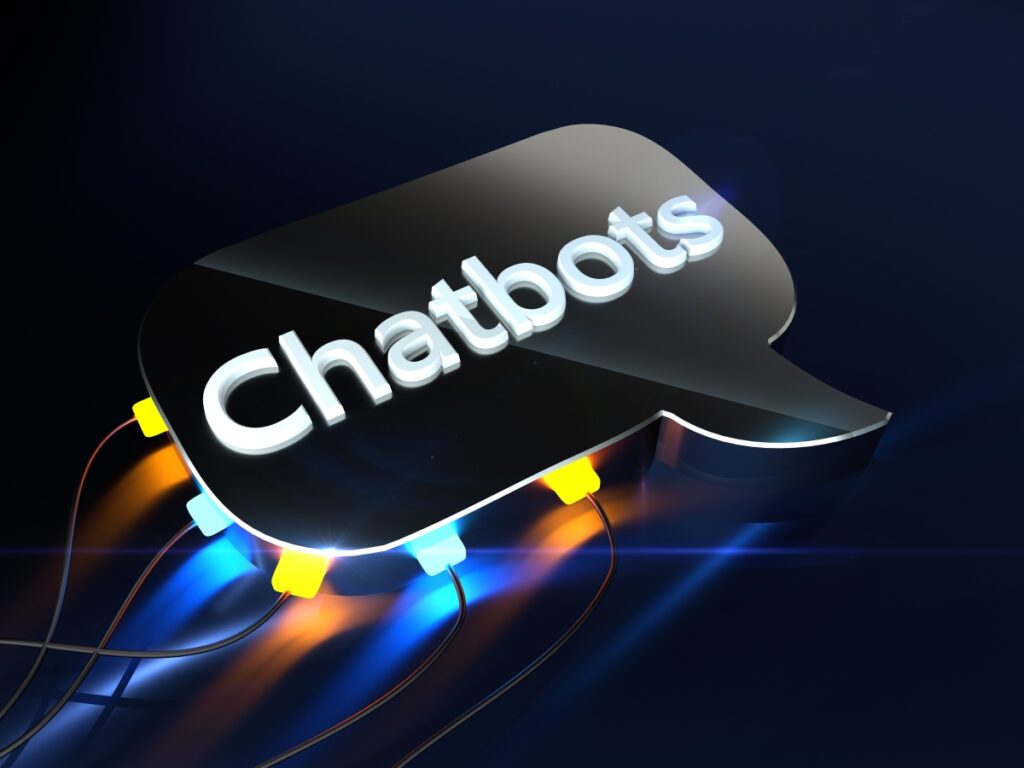
7 Essential Social Media Chatbots That Are Valuable to Brands
In today’s digital age, numerous chatbots have emerged as invaluable tools for brands seeking to enhance their social media engagement. These chatbots streamline customer interactions and drive business growth by offering personalized user experiences.
Here’s a look at seven essential social media chatbots that are reshaping brand engagement on various platforms:
- Aivo’s AgentBot: A leading tool that seamlessly integrates with platforms like Facebook Messenger, ensuring dynamic customer support and heightened engagement.
- Botsify: Tailored for platforms like Facebook Messenger, it provides businesses with the tools to design user-focused chatbots, driving engagement and interaction.
- ManyChat: A top-tier chatbot builder for Facebook Messenger, it’s perfect for marketing, e-commerce, and support, enhancing user engagement across social platforms.
- MobileMonkey: A versatile chatbot builder that facilitates interactions with customers across various social media platforms, deepening overall engagement.
- Octane AI: Specifically designed for e-commerce brands, it syncs with platforms like Shopify to provide a comprehensive chat marketing solution on social media.
- Pandorabots: Enables businesses to craft and deploy chatbots across multiple social media channels, fostering consistent branding and enhanced engagement.
- WotNot: An AI-driven platform offering industry-tailored chatbots that integrate smoothly with various social media platforms, ensuring effective user engagement.

Practical Integration and Setup
With the rising popularity of social media chatbots, businesses are looking for ways to integrate them into their operations seamlessly. Tools such as Gupshup and Pandorabots offer user-friendly platforms that require minimal technical know-how, ensuring businesses of all sizes can leverage the power of chatbots.
The integration process often starts by defining the purpose of the chatbot. Understanding the primary goal is crucial, whether it’s for customer support, lead generation, or even sales. Using platforms like Landbot.io helps customize chatbots to fit specific brand requirements, ensuring they align with the company’s objectives.
How to Integrate a Social Media Chatbot in Your Marketing Strategy
To effectively integrate a social media chatbot into your marketing strategy, you must start by analyzing your target audience’s behavior. By understanding where they spend the most time and their preferences, you can tailor your chatbot to those specific needs.
Platforms like Chatfuel are instrumental in this process, offering analytics and insights. Once you’ve understood clearly, you can deploy your chatbot on platforms like Facebook or Twitter to engage with potential customers.
Businesses can use Tars or WotNot to craft compelling chat sequences, driving user engagement and facilitating lead generation. Lastly, regularly reviewing and refining your chatbot’s performance using tools like MobileMonkey ensures it remains effective and aligned with evolving customer needs.
How to Set up Chatbots for Your Brand or Business
Setting up chatbots for your brand or business can seem daunting, but the process becomes straightforward with platforms like BotStar and Botpress. Begin by defining the bot’s primary function. Next, design the conversation flow, considering the potential queries and responses.
Platforms such as ManyChat offer templates that can be customized to fit specific industries, simplifying the setup process. Integration with social media platforms is then the next step. Depending on the chosen platform, like Flow XO, you can integrate the chatbot with multiple social channels, ensuring a broad reach.
Finally, always test the chatbot thoroughly before fully deploying it, ensuring it delivers a smooth and efficient user experience.
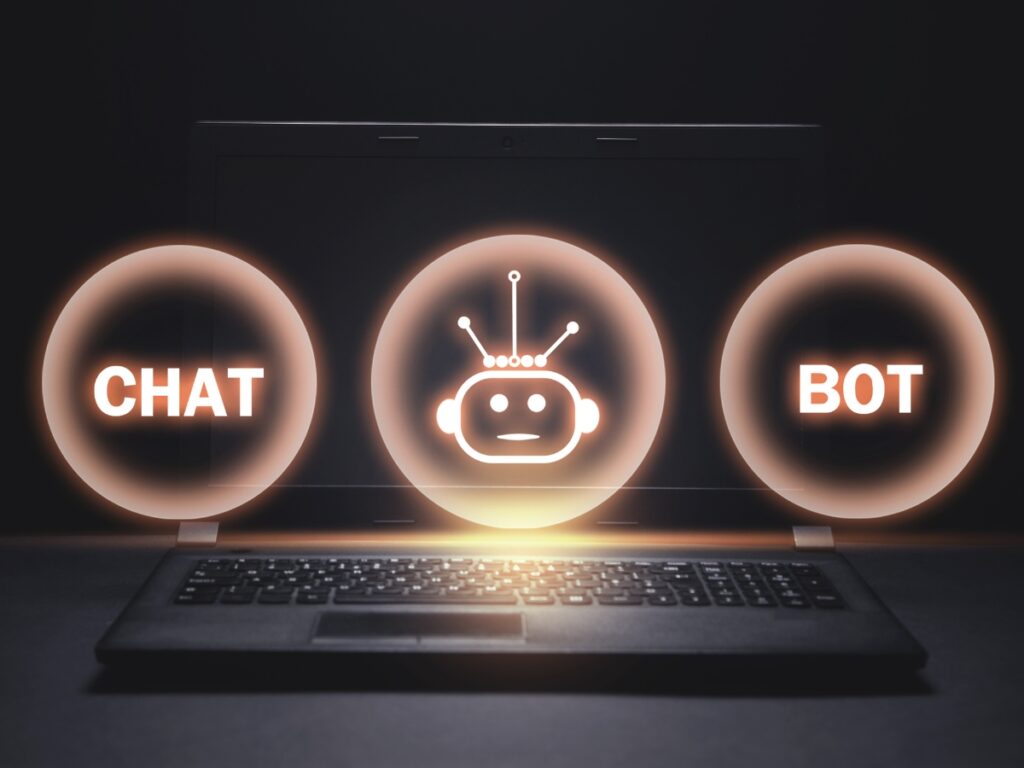
Chatbots Across Social Media Platforms
The application of chatbots isn’t limited to just one social media platform. With the evolution of tools like Gupshup and Imperson, businesses can deploy chatbots across various platforms such as Facebook, Twitter, WhatsApp, and Instagram.
Each platform offers unique advantages. For instance, deploying a chatbot on Facebook using Botsify allows businesses to tap into its vast user base, while Botpress enables Twitter-based customer support automation. The key is to tailor the chatbot’s design and functionality to the specific nuances of each platform.
As platforms like WhatsApp open up for business integrations, the potential for chatbots to revolutionize social media engagement grows exponentially.
Beyond Facebook: Chatbots for Various Social Media Platforms
While Facebook remains a dominant platform for chatbot integration, other social media platforms are rapidly catching up. With businesses recognizing the widespread potential of platforms like Instagram, LinkedIn, and Pinterest, tools such as MobileMonkey and Gupshup have been developed to accommodate a broader range of integrations.
Instagram, with its massive user base and visual appeal, is now used by brands to deploy chatbots for product queries and support. LinkedIn, a professional networking platform, sees the deployment of chatbots mainly for recruitment processes and professional inquiries, with platforms like Imperson offering specialized solutions.
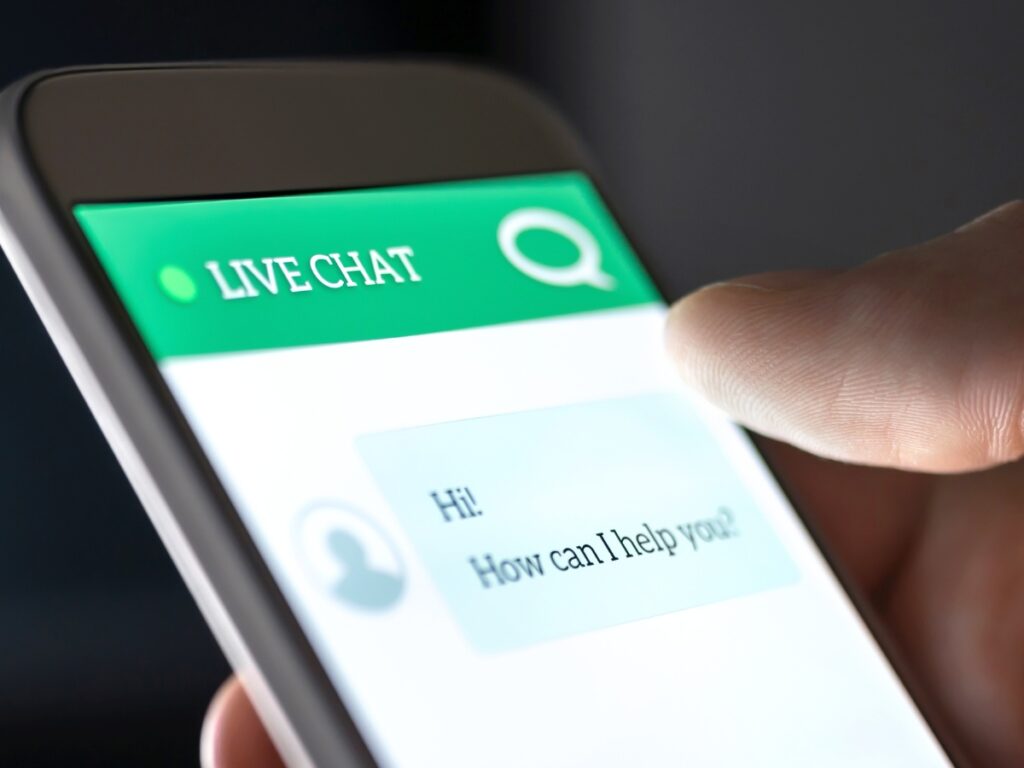
Chatbots on Facebook, Twitter, WhatsApp, and More
With its vast user base, Facebook has been a frontrunner in adopting chatbot technology, with platforms like Chatfuel and ManyChat catering specifically to Facebook Messenger. Twitter, another central platform, has seen an influx of customer support chatbots designed to address user queries in real time.
Botpress offers solutions tailored to Twitter’s user base. WhatsApp, a global platform, has allowed businesses to integrate chatbots for support and promotional activities. Tools like WotNot have emerged to streamline WhatsApp chatbot integrations.
It’s evident that as the social media landscape diversifies, chatbot technology adapts and evolves to fit the unique needs of each platform.
How Do Chatbots Work with Different Social Media Channels?
The functionality and operation of chatbots vary across different social media platforms, given the unique features and user behaviors associated with each. Chatbots often engage users on Facebook through automated sequences, leveraging tools like Botsify.
With its character limit and real-time engagement focus, Twitter has chatbots, supported by platforms like Tars, that provide quick, concise responses to user queries. Backed by platforms like Pandorabots, Instagram chatbots primarily focus on visual product queries and direct messaging.
Understanding the underlying mechanisms of each platform is crucial, and tools like Landbot.io provide insights and analytics to ensure chatbots are optimized for each channel.

Maximizing Chatbot Engagement
To ensure chatbots are effective across various social media platforms, businesses must focus on maximizing user engagement. This involves crafting compelling conversation flows using platforms like Flow XO.
Personalizing chatbot interactions based on user data and behavior, facilitated by tools such as Chatfuel, can significantly boost user engagement. Maintaining a balance between automation and human touch is essential, ensuring users feel valued and understood.
Integrating chatbots with backend CRM systems, using platforms like MobileMonkey, helps gather user insights and tailor interactions to suit individual preferences, ultimately driving better engagement and satisfaction.
Top Tips for Social Media Chatbot Success
In the rapidly evolving realm of social media, chatbots have cemented their role as valuable business assets. However, to maximize their potential, there are specific strategies brands can adopt. Firstly, understanding the target audience is pivotal.
Platforms like WotNot provide analytics that allows businesses to tailor their chatbot conversations. Next, a visually appealing and user-friendly design can go a long way. With tools like Landbot.io, brands can create visually engaging chatbots that resonate with their brand image.
Regularly updating and training the chatbot, leveraging platforms like Gupshup, ensures the bot is equipped with the latest information and can handle various queries. Lastly, feedback loops are essential.
Tools like Tars allow businesses to gather user feedback, ensuring the chatbot continually improves and adapts to user needs.

Finding the Middle Ground Between Human Interactions and Chatbots
While chatbots, supported by platforms like BotStar and Botsify, offer efficient and instantaneous responses, the human touch remains irreplaceable.
The key is finding a balance. Brands can employ chatbots to handle initial inquiries and frequently asked questions while ensuring that more complex issues are directed to human agents. This ensures efficiency and maintains the personal touch that many customers value.
Platforms like Chatfuel and Flow XO offer hybrid solutions where chatbots and humans work together, providing the best of both worlds.
Enhance the Human Experience with Chatbots
One of the main advantages of chatbots on social media platforms is their ability to enhance the overall human experience. By utilizing platforms such as Imperson or ManyChat, businesses can design chatbots that understand user sentiment and adjust their responses accordingly.
This creates an illusion of chatting with a sentient being rather than a programmed entity. Further, by integrating AI-driven platforms like MobileMonkey, chatbots can be trained to recognize user emotions based on textual inputs, enabling them to respond empathetically and offer solutions that resonate with the user’s current state of mind.
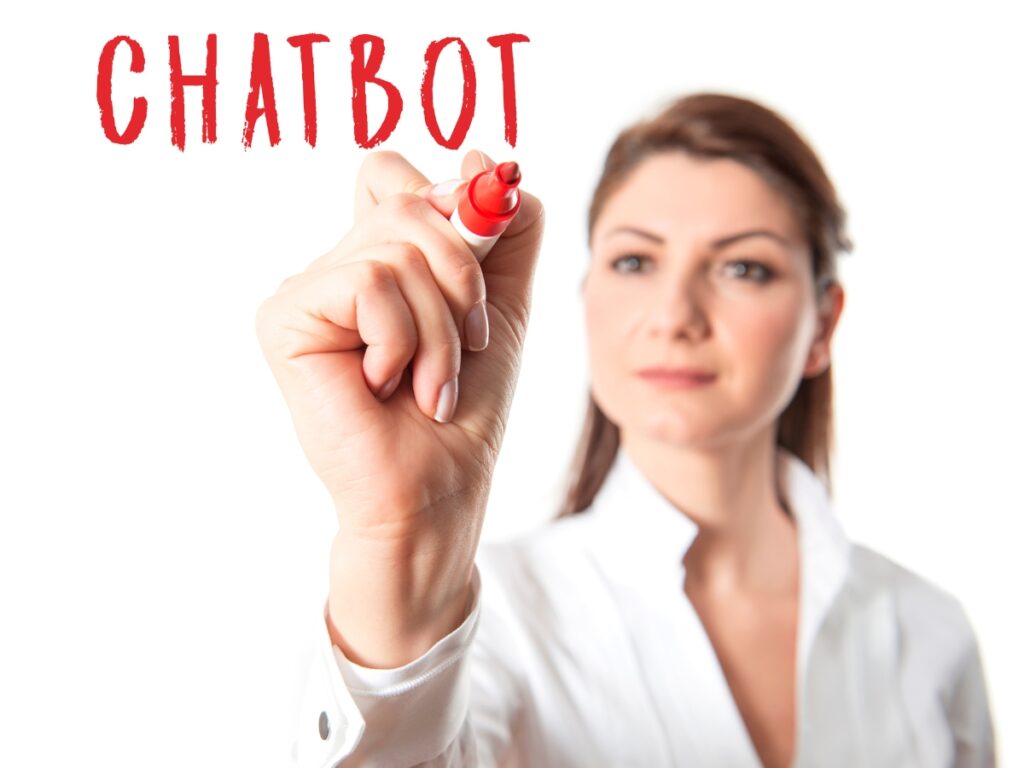
Featured Social Media Chatbot Platforms
The rise in the popularity of chatbots has resulted in a surge of platforms catering to various business needs. Aivo is renowned for its AgentBot, which seamlessly integrates with Facebook Messenger, driving enhanced customer engagement.
For those focused on Facebook, Chatfuel and ManyChat offer solutions tailored for effective user engagement. For a multi-platform approach, Gupshup provides a comprehensive platform ensuring consistent and quality interaction across different social media channels.
Brands looking for e-commerce-focused chatbots often turn to Octane AI, which integrates with platforms like Shopify. As social media dynamics evolve, platforms like Pandorabots and Botpress ensure businesses have the tools to stay ahead.
Aivo: Enhancing Customer Support on Messenger
In the competitive world of social media chatbots, Aivo stands out as a game-changer for businesses keen on optimizing their customer support on Facebook Messenger. Leveraging its AgentBot, Aivo ensures that companies can offer real-time, AI-driven responses to customer queries, enhancing user experience.
The platform understands user intent and provides information instantaneously, setting a new standard in customer support on Messenger.
Chatfuel & ManyChat: Tailored Solutions for Facebook
When it comes to creating compelling chatbot experiences on Facebook, Chatfuel and ManyChat are at the forefront. Chatfuel empowers businesses to create chatbots for Facebook without coding, making it a favorite among non-tech-savvy users.
On the other hand, ManyChat, with its intuitive interface, focuses on marketing, e-commerce, and support, offering features that enhance user engagement on social platforms. Together, these platforms cater to diverse business needs, ensuring an optimized chatbot experience on Facebook.
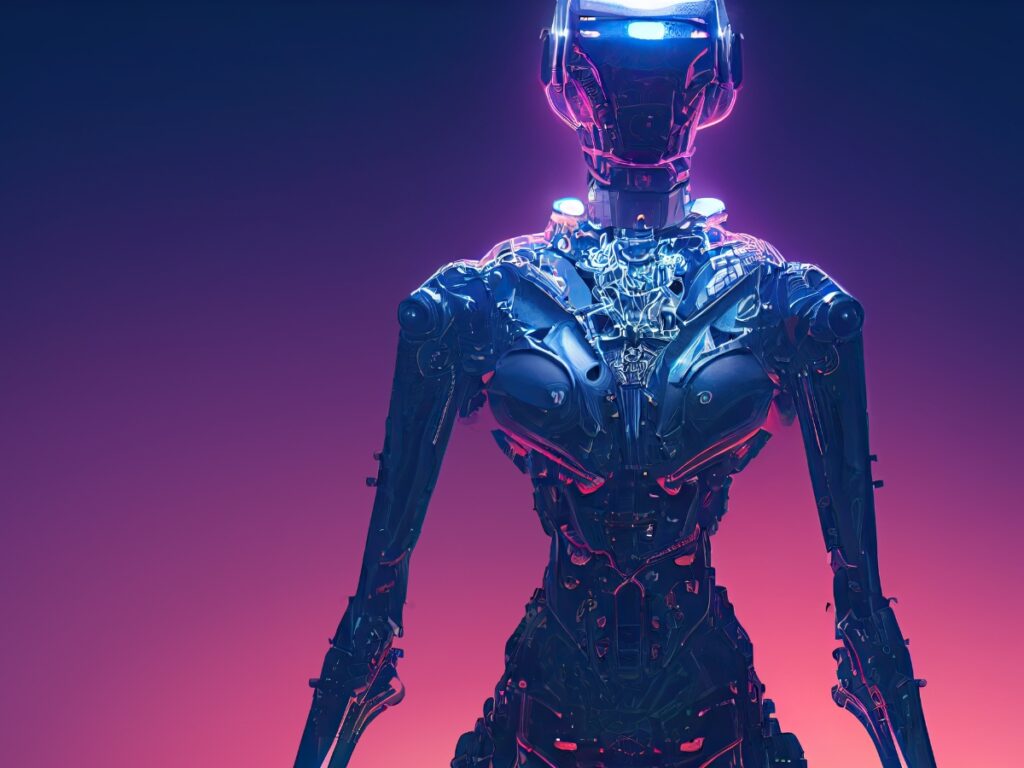
MobileMonkey & Gupshup: Comprehensive Chatbot Builders for Social Engagement
The demand for platforms that offer comprehensive chatbot-building solutions has never been higher. Recognizing this, MobileMonkey provides businesses with a multi-platform chatbot builder, enabling them to interact with customers across various social media platforms, thereby fostering deeper engagement.
Similarly, Gupshup offers a wide-reaching engagement strategy with its messaging and bot platform. This ensures businesses maintain consistent and quality interactions across all their social media channels, driving engagement and brand loyalty.
Octane AI & WotNot: E-commerce Focused and Industry-tailored Chatbots
In the e-commerce domain, chatbots are pivotal in enhancing the shopping experience. Octane AI offers a chatbot solution tailored for e-commerce brands, integrating seamlessly with platforms like Shopify. This gives businesses a holistic chat marketing solution on social media, driving sales and customer engagement.
WotNot, on the other hand, stands out with its AI-driven platform that crafts chatbots suitable for various industries. Whether automating lead generation or offering personalized product recommendations, WotNot ensures businesses get chatbots tailored to their industry needs.

Frequently Asked Questions About Social Media Chatbots
The integration of chatbots on social media platforms has transformed how businesses interact with their audiences. They have made customer interactions more efficient and personalized by facilitating instant, automated responses.
As this technology continues to evolve and gain prominence, several questions arise regarding its implementation and benefits.
- What is the primary purpose of using social media chatbots? Social media chatbots are designed to automate and enhance customer interactions on platforms like Facebook, Twitter, and WhatsApp. They help businesses respond promptly to customer queries, gather data, and provide personalized recommendations, improving user engagement and satisfaction.
- How do chatbots like Chatfuel and ManyChat differ in their functionalities? While both are tailored for Facebook, Chatfuel allows businesses to create chatbots without coding, targeting increased sales and user engagement. ManyChat, meanwhile, offers tools specifically for marketing, e-commerce, and support, ensuring a broader spectrum of user engagement on the platform.
- Are chatbots limited to specific social media platforms? No. While some chatbots, like those designed by MobileMonkey, are multi-platform and can be used across various social media sites, others might be specific to platforms like Facebook or Twitter. The choice of medium depends on the business’s target audience and strategic objectives.
- Do chatbots replace human customer service agents? Chatbots complement rather than replace human agents. They handle routine queries and tasks, allowing human agents to focus on more complex issues. Platforms like Aivo enhance customer support by providing instant responses, but human touch and expertise are still essential for specific interactions.
- How do e-commerce businesses benefit from chatbots like Octane AI? E-commerce chatbots like Octane AI integrate with platforms like Shopify to offer complete chat marketing solutions. They facilitate personalized product recommendations, automate responses to common purchase queries, and streamline the checkout process, enhancing the overall shopping experience.
- What measures are taken to ensure the security of information shared with chatbots? Most reputable chatbot platforms prioritize data security. They employ advanced encryption methods and comply with data protection regulations to ensure that user information remains confidential and safe from breaches.
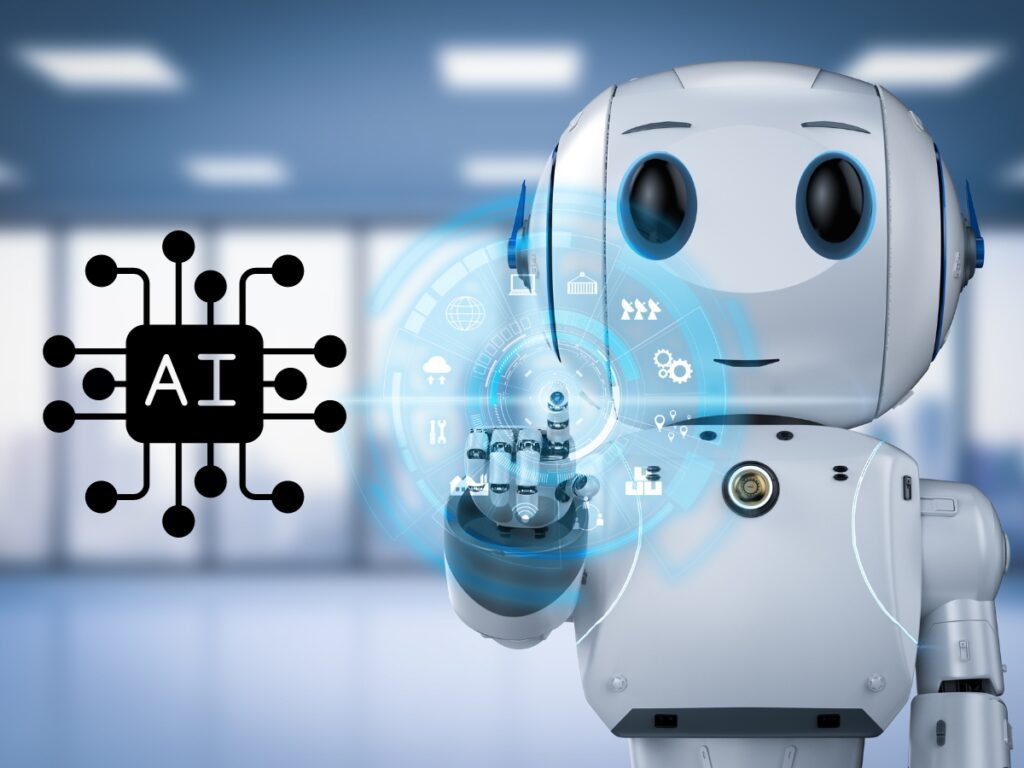
Conclusion: The Future of Social Media Chatbots in Modern Marketing
The landscape of modern marketing is constantly evolving, and social media chatbots are at the forefront of this transformation. Their ability to streamline customer interactions, provide instant responses, and offer personalized solutions has significantly impacted how businesses communicate with their audience.
As technology advances, chatbots are anticipated to become even more sophisticated, integrating deeper levels of artificial intelligence and machine learning. This will allow them to understand user behavior better, predict needs, and deliver even more tailored experiences. Furthermore, as businesses recognize these bots’ efficiency and cost-saving potential, their adoption rate is expected to skyrocket.
In the ever-competitive realm of digital marketing, staying ahead of the curve is vital, and chatbots offer businesses that are cutting edge. Their future in marketing is not just promising; it’s indispensable. As brands strive to build lasting relationships with their audience, integrating chatbots will be critical in fostering genuine and meaningful engagement.

You Might Also Like
If you enjoyed this article and received value from it, check out the other Blue Lane Group articles in the Best Chatbots for Customer Service: Blueprint for Success in 2023 series:
- Chatbot ROI: Unlock Unmatched Profits with Top 5 Strategies for Optimization
- Omnichannel Chatbots: Unlock Consistent Engagement with 7 Best Practices
- Chatbot KPIs: 10 Essential Metrics to Drive Optimal Results
- Multilingual Chatbots: Break Language Barriers with 8 Leading Solutions
- Enterprise AI Chatbot Solutions: 7 Key Tools to Supercharge Your Business
- Mastering Chatbot Training: 7 Strategies for Optimal User Engagement
- Chatbot APIs: 6 Leading Options for Seamless Functionality
- Chatbot Scripts: 9 Proven Strategies to Boost Conversions and Engagement
- Rule-Based Chatbots: Drive Consistent Responses with Top 9 Benefits
- Chatbot Success Metrics: Unlock Optimal Performance with Top 10 Insights
- Chatbot Analytics: Drive Excellence with 10 Essential Tools
- Mastering Interactivity: Top 10 Chatbot Frameworks Explored
- Chatbots in Retail: 7 Winning Strategies for Elevated Customer Engagement
- Chatbots for Lead Generation: 6 Best Practices to Transform Your Funnel
- Chatbot Integrations: 6 Essentials for Enhanced Productivity and Operations
- Chatbot UX: Enhance Engagement with These 8 Vital Principles
- Chatbot Security: 7 Essentials to Safeguard Your Business
- Chatbot Development Services: 7 Must-Knows to Boost Your ROI
- Chatbots in Healthcare: 6 Leading Innovations Revolutionizing Patient Care
- NLP for Chatbots: Top 6 Techniques Transforming Chat Experiences
- Benefits of Chatbots in Customer Service: 7 Key Sales Boosters
- 7 Essential Social Media Chatbots for Unmatched Engagement
- Building Chatbots Powered by AI: 5 Proven Techniques for Epic Profits


